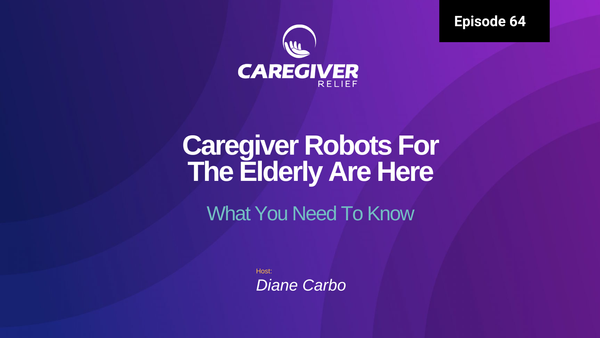Addressing the Needs of Family Caregivers: Exploring Government Assistance Programs
Discover essential support for family caregivers in our comprehensive guide on government assistance programs. Learn about valuable resources and financial aid options designed to ease the caregiving journey, providing relief and support to those dedicated to elderly care
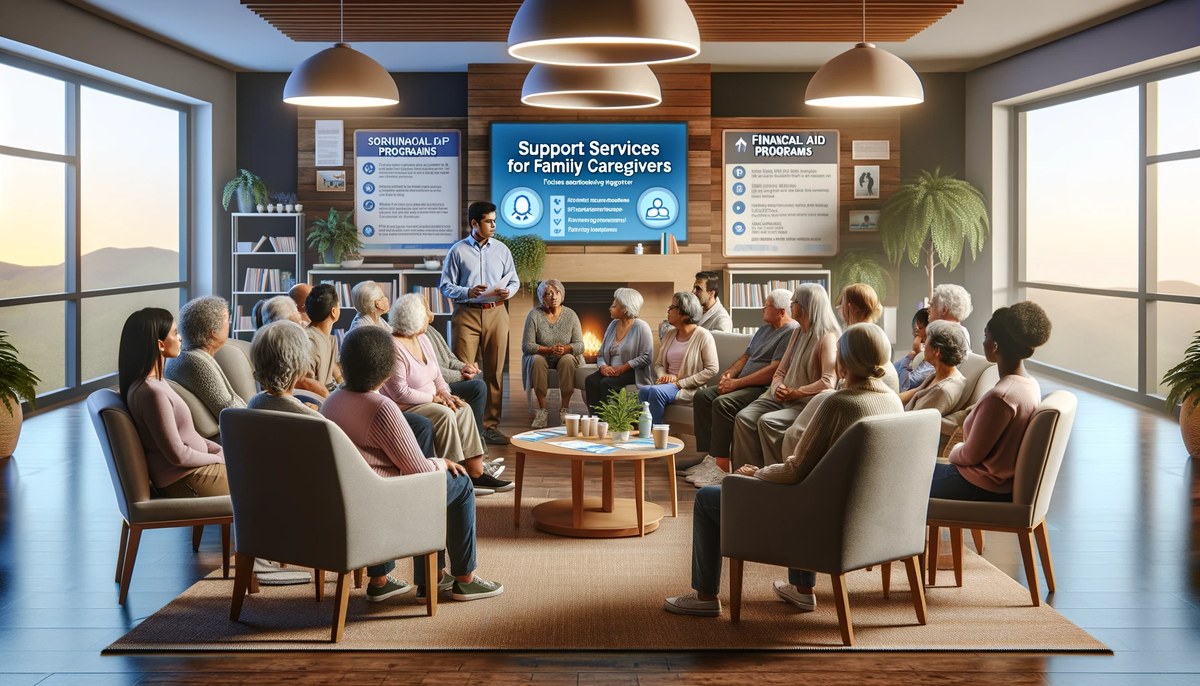
Caring for an elderly family member is a noble and often challenging responsibility. It requires time, effort, and resources, sometimes stretching the capabilities and finances of family caregivers. Recognizing these challenges, various government assistance programs have been developed to support family caregivers, particularly those caring for elderly parents. This article aims to provide an in-depth look into these programs and how they can be a valuable resource for family caregivers.
Understanding the Role of Family Caregivers
Family caregivers are individuals who provide care for their aging or ailing family members, often without formal training or compensation. This role can include a wide range of activities, from personal care and medical tasks to financial management and household chores. As the population ages, more people find themselves in the role of a caregiver for elderly parents or relatives.
Government Assistance for Family Caregivers
The need for support and assistance for family caregivers is recognized at both state and federal levels. Several programs and initiatives have been established to provide aid and resources to those caring for elderly family members. I will address the plus and minuses of the government assistance. Be aware that each state and sometimes the counties in the states may have different programs and qualifications for those programs.
Family Caregiver Program
The Family Caregiver Program, often run through local Area Agencies on Aging (AAAs), offers a range of services to support family caregivers. These services can include:
- Respite care to give caregivers a temporary break.
- Counseling and caregiver training.
- Information and assistance in navigating caregiving challenges.

Medicaid Programs for Family Caregivers
Some states offer Medicaid programs that may compensate family caregivers for their services. These programs, often part of Medicaid's Home and Community-Based Services (HCBS), vary by state but can include:
- Direct financial compensation for caregiving.
- Access to healthcare and other support services.
Medicaid programs for family caregivers, particularly those that fall under the Home and Community-Based Services (HCBS) umbrella, play a vital role in supporting caregivers who provide essential in-home care. These programs vary by state but generally aim to make it possible for elderly or disabled individuals to receive care in their own homes rather than in institutional settings like nursing homes. Here, we will delve deeper into these Medicaid programs, including aspects like the spend down process, look-back periods, and waiver programs.
Medicaid HCBS Waiver Programs for Family Caregivers
Purpose: These waiver programs are designed to help individuals who are eligible for Medicaid to receive care in their homes. They recognize that family caregivers often provide a level of care equivalent to what might be received in a long-term care facility.
Caregiver Compensation: Under these programs, family caregivers can receive direct financial compensation for the care they provide. This is a significant shift from traditional Medicaid models, which typically did not pay family members for caregiving.
Types of Services: Beyond just financial compensation, these programs may include coverage for other essential services such as personal care, transportation, home modifications, and medical equipment. While this all sounds good, be aware that there is and has been such an overwhelming need for these services, the process can take months or years to get approval.
Spend Down Process in Medicaid
Definition: The Medicaid spend down process is a method through which individuals can become eligible for Medicaid by reducing their income and/or assets to meet Medicaid's financial criteria.
Process: Individuals who initially have too much income or assets to qualify for Medicaid can "spend down" their excess income on medical bills, care expenses, and other health-related costs. Once their income falls below the Medicaid threshold, they become eligible.
State-Specific: The rules and limits for the spend down process vary by state, so it's important to check local regulations.
Medicaid Look-Back Period
Definition: The look-back period is a specified time frame during which Medicaid reviews an applicant's financial transactions to ensure no assets were transferred below market value to meet Medicaid eligibility criteria.
Duration: The look-back period is typically 60 months (5 years) before the date of Medicaid application.
Penalties: If Medicaid finds that assets were transferred to meet eligibility requirements, it can impose a penalty period during which the individual is ineligible for Medicaid benefits.

Medicaid Waiver Programs for In-Home Care
Eligibility for Waivers: To qualify for these waiver programs, the care recipient typically must be eligible for Medicaid and demonstrate a need for a level of care that is typically provided in a nursing home.
Family Caregivers as Paid Providers: In many states, these waivers allow family members to be paid as caregivers. However, the specifics, such as whether spouses or legal guardians can be paid, vary by state.
Application and Approval Process: Applying for HCBS waivers involves both proving financial eligibility for Medicaid and demonstrating the need for in-home care. The approval process can be lengthy and may require assessments by healthcare professionals.
Medicaid programs, particularly HCBS waivers, provide essential support to family caregivers, allowing them to be compensated for the invaluable care they provide at home. Understanding the intricacies of these programs, including the spend down process and look-back periods, is crucial for caregivers seeking financial support. Due to the complexity and variability of these programs by state, it's advisable for caregivers to seek guidance from Medicaid experts or legal professionals specializing in elder law to navigate the system effectively.
National Family Caregiver Support Program (NFCSP)
Administered by the Administration on Aging (AoA), the NFCSP provides grants to States and Territories to fund a variety of supports that help family and informal caregivers to care for their loved ones at home for as long as possible.
Programs for Caregivers of Elderly Parents
Caring for elderly parents often requires specialized knowledge and skills. Recognizing this, several programs have been tailored specifically for caregivers in this situation.
Caregiver Education and Training Programs
Many government-funded programs offer training and education for caregivers of elderly parents. These programs focus on teaching caregivers how to manage specific health conditions, handle medical equipment, and provide effective care.

Respite Care
Respite care is a critical service offered under many caregiver support programs. It allows caregivers to take a break, helping prevent burnout and ensuring the sustainability of the caregiving arrangement.
The provision of respite care, a critical service for family caregivers, faces significant challenges due to a lack of funding and affordable options. This situation affects caregivers across various communities, hindering their ability to access temporary relief, essential for their well-being and the sustained care of their loved ones. I want to make you aware that the financial support for respite care is very limited. Some states will give a family as little as $500 for a year. This, of course is impacted by the state or county's budget. I have had caregivers on a waiting list for months only to be told, the program has run out of money and they will have to wait for the next year's budget starts to replenish the programs funds.
The Challenges of Funding for Respite Care
Limited Government Funding: While government programs do provide some respite care services, the funding is often not sufficient to meet the growing demand. This shortfall can lead to long waiting lists and restricted access to respite care for many caregivers. This is more often the case leaving family caregivers frustrated. Lack of respite care services has resulted in 63% of family caregivers becoming seriously ill or dying before the person they are caring for passes.
Dependence on State and Federal Budgets: Respite care funding through government sources is subject to state and federal budget constraints. Economic downturns or shifts in policy priorities can lead to reduced funding, further limiting the availability of these services.
Inequitable Distribution: Funding for respite care is not uniformly distributed, leading to disparities in access. Rural areas or underprivileged communities may have fewer resources and services available.
Affordability of Respite Care Services
High Costs of Professional Care: Professional respite care services, whether in-home or at specialized facilities, can be costly. These expenses can be prohibitive for families already struggling with the financial burdens of caregiving.
Lack of Insurance Coverage: Respite care is not universally covered by insurance, including Medicare. While Medicaid and some private insurance policies may cover respite care under certain conditions, many caregivers are left without coverage, making affordability a significant issue.
Income-based Eligibility Criteria: For subsidized respite care programs, eligibility often depends on income levels. Middle-income families, who might not qualify for low-income programs but still struggle with the expenses of caregiving, are particularly impacted.

The Consequences of Inadequate Respite Care
Caregiver Burnout: Without access to affordable respite care, caregivers are at a higher risk of physical and emotional burnout. Continuous caregiving without breaks can lead to health problems, depression, and decreased quality of care.
Financial Strain: Families may be forced to allocate significant portions of their income towards caregiving responsibilities, including respite care, leading to financial strain.
Reluctance to Seek Help: The awareness and complexity of navigating respite care services, combined with the affordability issues, can discourage caregivers from seeking the help they need.
Potential Solutions
Increased Funding and Support: Advocacy for more government funding and support for respite care programs is crucial. This includes lobbying for increased budgets and the creation of more comprehensive respite care policies. We have created a petition to bring attention to this matter. Please sign and share our Caregiver Relief for Family Caregiver and Direct Care Workers.
Community-Based Initiatives: Local communities can play a role in providing respite care services. Community centers, faith-based organizations, and non-profits can offer affordable or volunteer-based respite care options. We are promoting educating the public on the challenges the family caregivers and their care recipient face. We at Caregiver Relief are promoting caregivers to build Care team partner support groups. These care team partners will provide practical support. Check out the How to Become a Patient Care Advocate course to learn how to build your care team partner support group
Public Awareness Campaigns: Raising awareness about the importance of respite care and the challenges faced by caregivers can garner public and governmental support, potentially leading to more resources being allocated to these services.
Flexible and Innovative Models: Developing innovative respite care models, such as co-op arrangements among families, can provide more flexible and affordable options. Building a care team partner support group allows the family caregiver to enjoy regular and ongoing respite care.
The lack of funding and affordable options for respite care is a pressing issue that demands attention and action. Addressing these challenges requires a multifaceted approach, involving increased funding, community support, public awareness, and innovative solutions. By prioritizing respite care, we can better support the caregivers who play a vital role in the healthcare system and ensure the well-being of both caregivers and those they care for.
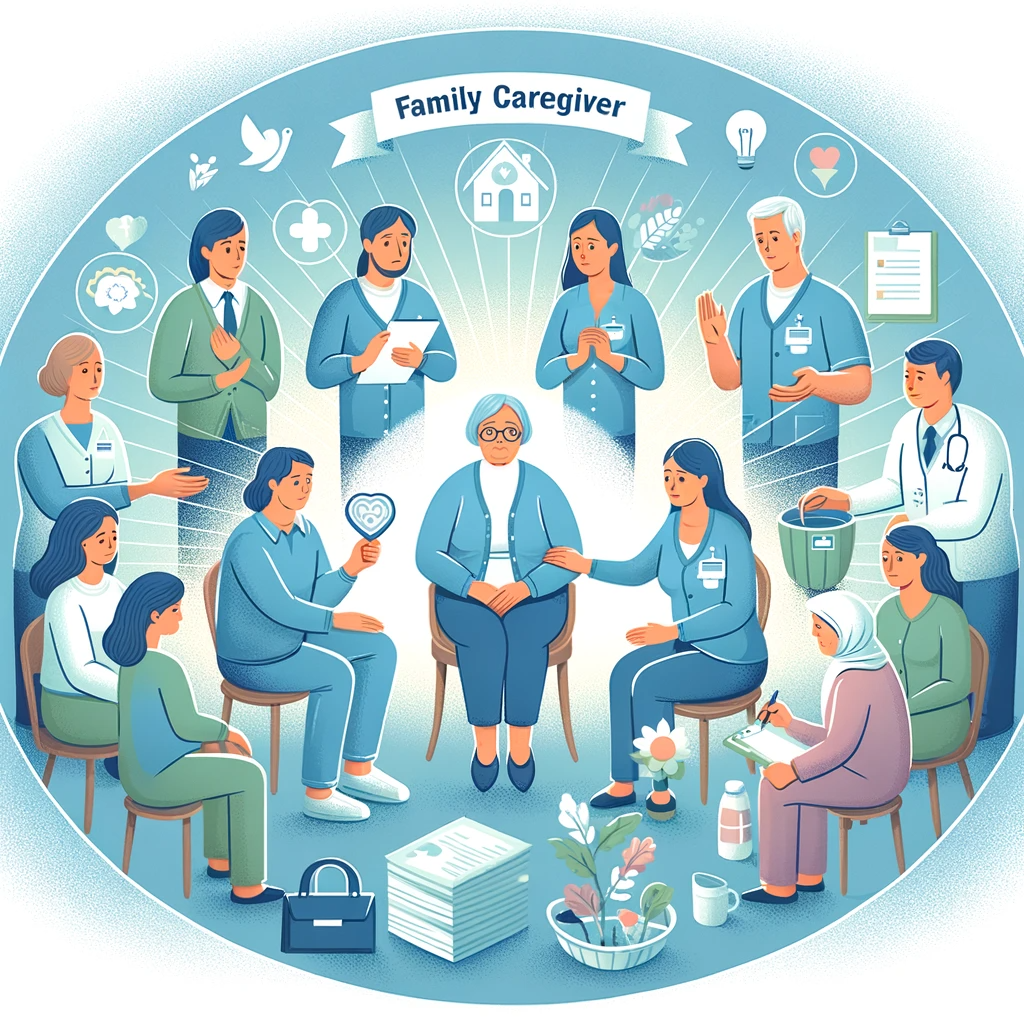
Financial Assistance for Family Caregivers
One of the significant challenges faced by family caregivers is the financial strain of caregiving. Government assistance programs can offer some relief in this area.
Types of Financial Assistance for Family Caregivers
Direct Payment Programs: Some government programs offer direct payments to family caregivers. This can be through Medicaid's Cash and Counseling program or similar state-level initiatives, where caregivers receive a stipend for providing care to their family members.
Tax Benefits: Caregivers may be eligible for tax credits or deductions. The IRS offers options like the Dependent Care Credit, which can help offset some costs associated with caregiving. Additionally, if the care recipient is considered a dependent, some medical expenses and caregiving costs can be deductible.
Medicaid Programs: Many states have Medicaid programs that provide financial assistance to family caregivers. These can include waivers that allow payment for caregiving services for eligible Medicaid recipients, typically the elderly or disabled.
Veterans Programs: For caregivers of veterans, there are specific programs through the Department of Veterans Affairs, such as the Program of Comprehensive Assistance for Family Caregivers, which offers a monthly stipend, access to health insurance, mental health services, and caregiver training.
Challenges and Limitations
Eligibility Criteria: Eligibility for these programs often involves specific criteria related to income, the care recipient’s level of disability, and other factors. This can limit access for some caregivers.
Variability by State: The availability and nature of assistance programs can vary significantly from state to state, affecting the level of support caregivers can receive.
Awareness and Accessibility: Many caregivers are not aware of the financial assistance available to them or find it challenging to navigate the application processes.
Additional Support Options
Non-Profit and Community Organizations: Various non-profit organizations provide financial assistance, grants, or resource guidance for caregivers. Local community centers and faith-based organizations may also offer support.
Respite Care Grants: Some organizations offer grants specifically for respite care, giving caregivers a much-needed break and reducing the financial burden of arranging alternative care.
Local Area Agencies on Aging (AAAs): AAAs often provide resources and information about available financial assistance and support programs for caregivers.

Advocacy and Policy Changes
Advocacy for More Support: There is ongoing advocacy for more comprehensive support and funding for family caregivers at both state and federal levels.
Policy Developments: Recent years have seen increasing recognition of the need for better support for family caregivers, leading to new policies and proposals aimed at providing financial relief and resources.
The financial assistance available to family caregivers, though varied and sometimes challenging to navigate, is a critical component in supporting the millions who provide care to their family members. Understanding and accessing these resources can provide substantial relief from the financial burdens of caregiving. Caregivers are encouraged to explore all available avenues for support, including government programs, tax benefits, and community resources, to find the assistance that best suits their needs.
I want to share that there are over 55 million caregivers in the US. One in five people in the country are providing support for a family member or friend. At the present time, we are in a public health crisis. WIth the growing aging population the demand for services and support is going to grow. Family caregivers are already stressed to the max. The wait lists and budgets do not address the growing needs of the family caregiver.
Tax Credits and Deductions
Caregivers may be eligible for tax credits or deductions for medical expenses and caregiving costs. These can help alleviate the financial burden to some extent.
Direct Financial Assistance
In certain cases, programs may offer direct financial assistance to caregivers, providing them with a stipend or reimbursement for caregiving expenses.
Challenges and Limitations
While government assistance for family caregivers provides much-needed support, there are challenges and limitations to these programs.
Eligibility Requirements: Each program has specific eligibility criteria, which can sometimes be restrictive.
Awareness and Accessibility: Many caregivers are unaware of the available programs or find it challenging to access them due to complex application processes.
Resource Limitations: The demand for caregiver support often exceeds the available resources, leading to waitlists and limited assistance.
Family caregivers play a critical role in the healthcare system, often sacrificing their time and financial security to care for elderly relatives. Government assistance programs for family caregivers offer crucial support, helping them manage the challenges of caregiving. While these programs are invaluable, it is also essential to continue advocating for more comprehensive support and resources to address the growing needs of family caregivers. By utilizing available government assistance and advocating for further support, family caregivers can find a more sustainable path in their caregiving journey.
Medicaid programs for family caregivers, particularly those that fall under the Home and Community-Based Services (HCBS) umbrella, play a vital role in supporting caregivers who provide essential in-home care. These programs vary by state but generally aim to make it possible for elderly or disabled individuals to receive care in their own homes rather than in institutional settings like nursing homes. Here, we will delve deeper into these Medicaid programs, including aspects like the spend down process, look-back periods, and waiver programs.
Medicaid HCBS Waiver Programs for Family Caregivers
Purpose: These waiver programs are designed to help individuals who are eligible for Medicaid to receive care in their homes. They recognize that family caregivers often provide a level of care equivalent to what might be received in a long-term care facility.
Caregiver Compensation: Under these programs, family caregivers can receive direct financial compensation for the care they provide. This is a significant shift from traditional Medicaid models, which typically did not pay family members for caregiving.
Types of Services: Beyond just financial compensation, these programs may include coverage for other essential services such as personal care, transportation, home modifications, and medical equipment.
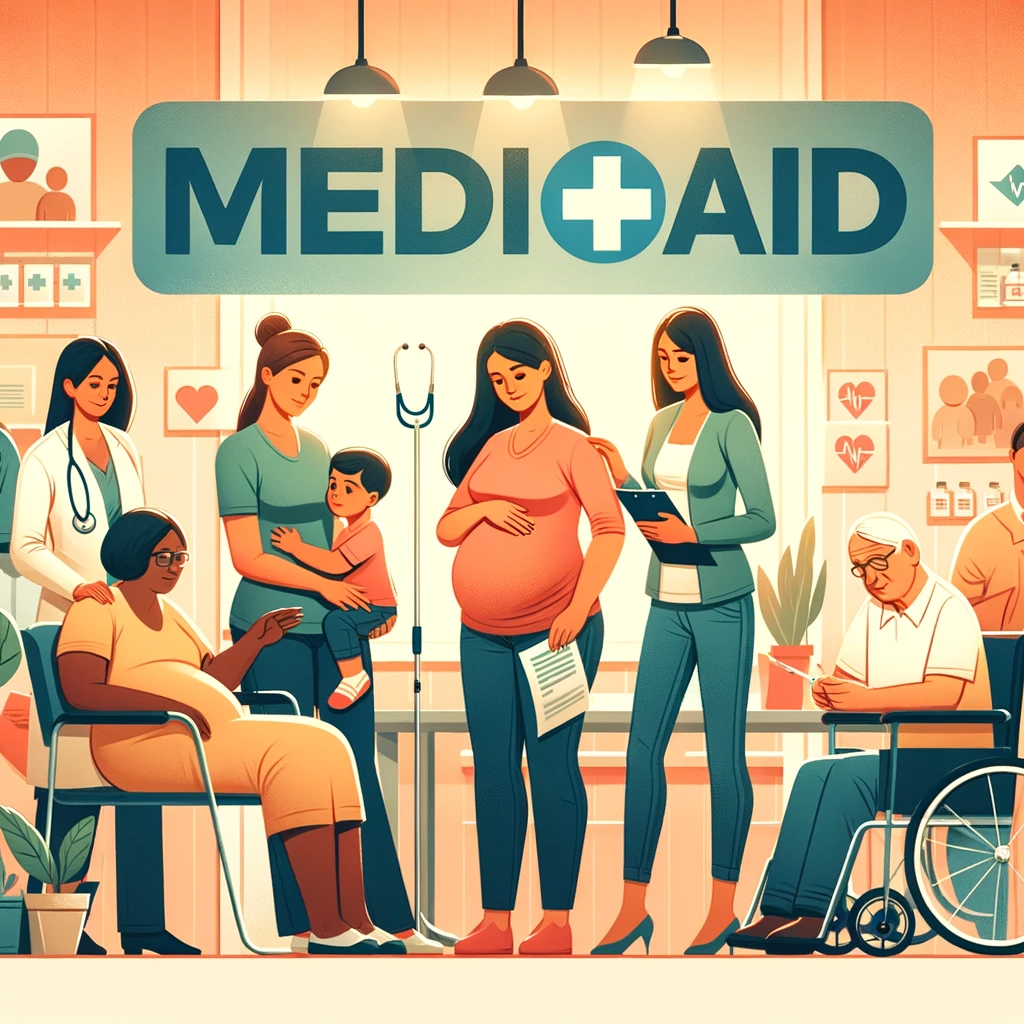
Spend Down Process in Medicaid
Definition: The Medicaid spend down process is a method through which individuals can become eligible for Medicaid by reducing their income and/or assets to meet Medicaid's financial criteria.
Process: Individuals who initially have too much income or assets to qualify for Medicaid can "spend down" their excess income on medical bills, care expenses, and other health-related costs. Once their income falls below the Medicaid threshold, they become eligible.
State-Specific: The rules and limits for the spend down process vary by state, so it's important to check local regulations.
Medicaid Look-Back Period
Definition: The look-back period is a specified time frame during which Medicaid reviews an applicant's financial transactions to ensure no assets were transferred below market value to meet Medicaid eligibility criteria.
Duration: The look-back period is typically 60 months (5 years) before the date of Medicaid application.
Penalties: If Medicaid finds that assets were transferred to meet eligibility requirements, it can impose a penalty period during which the individual is ineligible for Medicaid benefits.
Medicaid Waiver Programs for In-Home Care
Eligibility for Waivers: To qualify for these waiver programs, the care recipient typically must be eligible for Medicaid and demonstrate a need for a level of care that is typically provided in a nursing home.
Family Caregivers as Paid Providers: In many states, these waivers allow family members to be paid as caregivers. However, the specifics, such as whether spouses or legal guardians can be paid, vary by state.
Application and Approval Process: Applying for HCBS waivers involves both proving financial eligibility for Medicaid and demonstrating the need for in-home care. The approval process can be lengthy and may require assessments by healthcare professionals.
Medicaid programs, particularly HCBS waivers, provide essential support to family caregivers, allowing them to be compensated for the invaluable care they provide at home. Understanding the intricacies of these programs, including the spend down process and look-back periods, is crucial for caregivers seeking financial support. Due to the complexity and variability of these programs by state, it's advisable for caregivers to seek guidance from Medicaid experts or legal professionals specializing in elder law to navigate the system effectively.
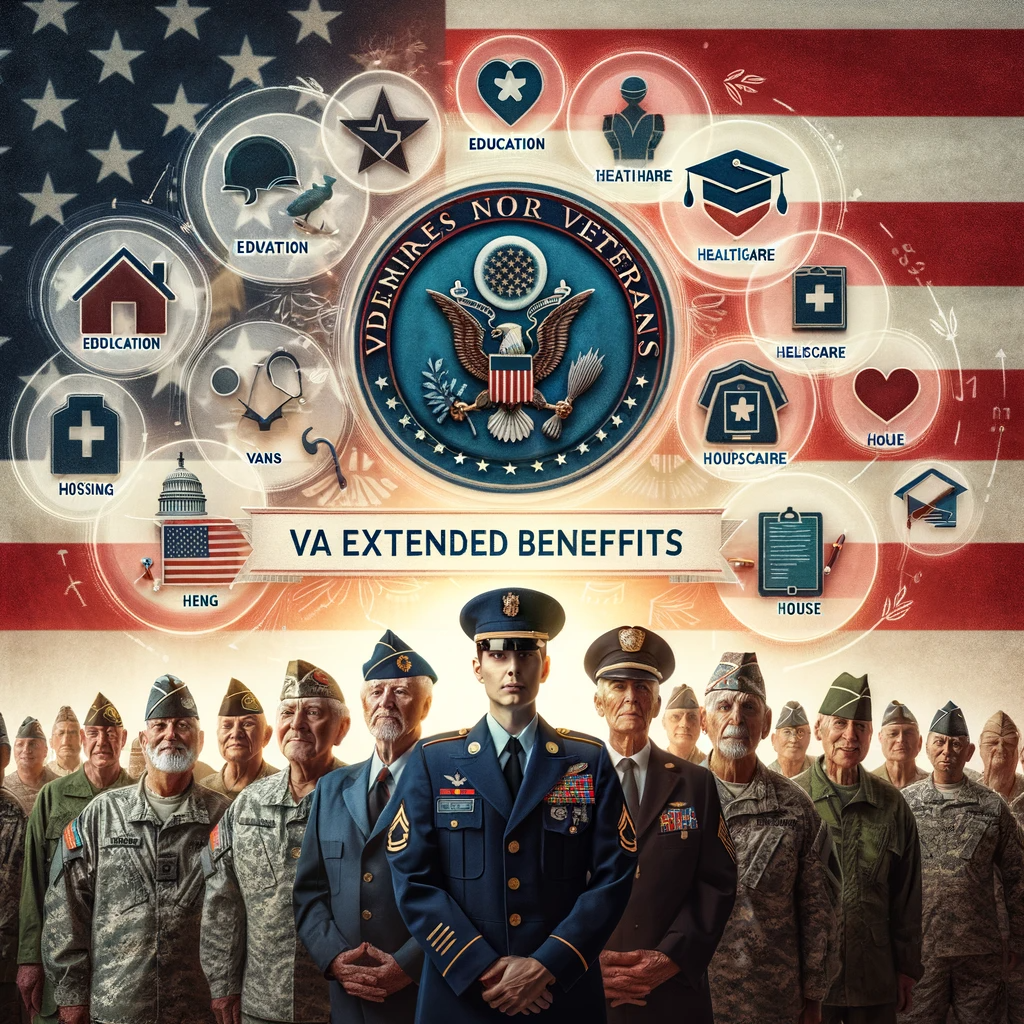
Veterans Administration Programs
The U.S. Department of Veterans Affairs (VA) offers several programs aimed at supporting family caregivers who provide care to veterans. These programs are designed to acknowledge and assist the vital role that family caregivers play in the health and well-being of veterans. They include financial compensation for caregivers, as well as respite care options to provide temporary relief from caregiving duties.
Veterans Administration Programs for Family Caregivers
Program of Comprehensive Assistance for Family Caregivers (PCAFC)
Overview: This program is one of the most notable initiatives offered by the VA. It's intended for family caregivers of eligible veterans who incurred or aggravated a serious injury in the line of duty on or after September 11, 2001 (recently expanded to include veterans from all eras).
Benefits: The PCAFC offers a variety of benefits to caregivers, including a monthly stipend, access to health insurance (if the caregiver is not already covered), mental health services, caregiver training, and a travel allowance for accompanying the veteran to medical appointments.
Eligibility: To qualify, veterans must require personal care services for a minimum of six continuous months due to an inability to perform one or more activities of daily living (ADLs) or need supervision or protection due to hazards posed by their service-connected disabilities.
Program of General Caregiver Support Services (PGCSS)
Overview: This program is available to all caregivers of veterans, regardless of the era of service or the level of the veteran's disability. It's designed to provide resources, education, and support to caregivers.
Benefits: While it does not offer a stipend, the PGCSS provides access to caregiver support coordinators, educational materials, and other resources.
Respite Care for Veterans
Availability through VA: The VA provides respite care to give family caregivers a break from their caregiving responsibilities. This service is available to veterans who are eligible for VA medical services.
Types of Respite Care: Respite care can be provided in various forms, including in-home care, adult day health care centers, or short-term stays in VA or community-based facilities.
Duration and Frequency: The VA may authorize respite care for up to 30 days per year, though this can vary depending on the individual veteran's needs and circumstances.
Benefits to Caregivers: This service offers caregivers much-needed time for rest and self-care, reducing the risk of burnout and ensuring they can continue providing quality care to the veteran.
How to Access These Programs
Application Process: Caregivers interested in these programs should start by contacting the VA Caregiver Support Line or visiting their local VA medical center to connect with a Caregiver Support Coordinator.
Assessment and Approval: The veteran's eligibility for these programs typically involves an assessment of their needs and the level of care required.
The Veterans Administration’s caregiver programs, including the PCAFC and PGCSS, along with the provision of respite care, represent crucial support mechanisms for those caring for veterans. These programs not only offer financial assistance and other benefits but also acknowledge the essential role of family caregivers in the health and wellness of veterans. For caregivers of veterans, these programs can provide much-needed support and resources, ensuring that both the caregiver and the veteran receive the care and assistance they need.

One Caregivers Story of Caregiver Exhaustion
Caregiver exhaustion is a real issue. It sometimes amazes me how exhausted I am after spending a lot of time with my in-laws. Especially when taking FIL for medical appointments. And even more when it’s an all-day procedure. He’s not a difficult person to be around, at all, but if I’m not calm and upbeat, he gets distressed and anxious. So I go out of my way to never let him see me impatient or grumpy — no matter my mood.
And the next day, I’m wiped out!
The last 6 months of my mother’s life, I was there 5 or 6 days out of 7. I always had to be upbeat and calm and reassuring to her, because a stroke left her extremely anxious. Feeling as I do today… after a day and a half of taking care of FIL at the hospital, I look back and wonder how in the world I managed it?! Where did I get the energy and stamina to deal with her anxiety every single day? It’s been almost 7 years since she died, has the time really made that much difference?
And then I think of the many people who do this all day, every day. In their homes, with no way to get away, get a break, escape. Mother lived in assisted living; I spent 3 to 6 hours with her as a rule. My in-laws live in assisted living. I generally spend a couple of hours with them, 2 or 3 times a week, unless there are extra appointments. So how do I have the right to gripe about my exhaustion when I’m not actually living with this?
How do all the caregivers out there do this, all the time, and stay sane, stay positive? How do they hold on to any balance in their lives? How is it that more focus is not given to the real problem of caregiver exhaustion?
People who do this are usually too close to it to see how remarkable they are. Their family members who do not help are too full of unrecognized guilt. Or are just plain too selfish, to see how extraordinary their family caregivers are. Friends… well, they may sympathize, but they are never truly going to “get it” unless they have also gone through it. They don’t see that caregiver exhaustion can actually kill the caregiver.
My hat goes off to every live-in caregiver in the world. So many are under-appreciated. So many are unrecognized for the miraculous persons they are. I know well the saying that you never know what you’re capable of until you find yourself doing it. But I really do not think I could do what they do.
You might also like this article:




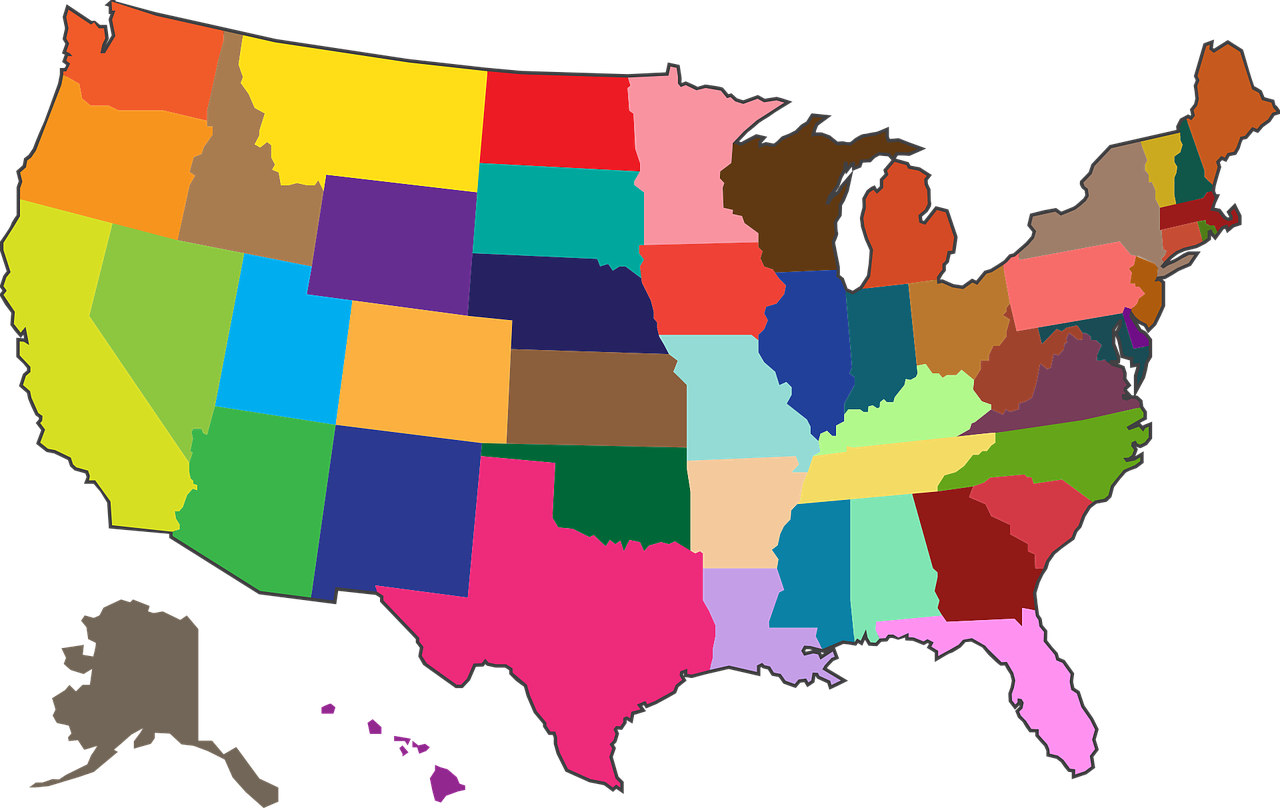
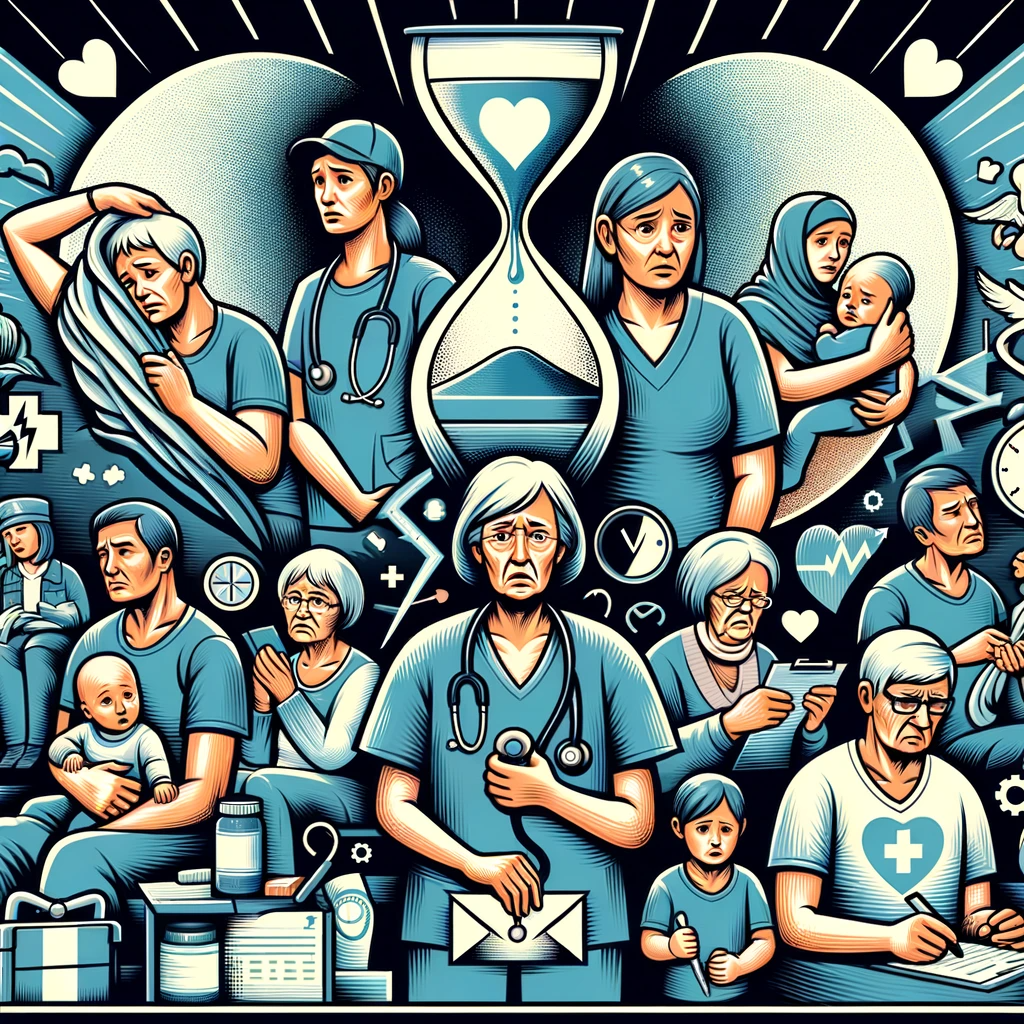






\






